Architectural Styles in Software Engineering
Architectural styles are a set of predefined patterns and guidelines for software design and development. They provide a standardized approach to building software systems and ensure that the resulting software is easy to understand, maintain, and evolve. In this article, we will explore the most commonly used architectural styles in software engineering.
Layered Architecture:
The Layered Architecture style is a classic approach to software design. It is based on the principle of separation of concerns, where different aspects of the system are separated into distinct layers. Each layer has a specific responsibility, and the interactions between the layers are well-defined. The layers can be divided into Presentation, Business, and Data Access layers. This architectural style is ideal for building large, complex systems and helps in maintaining the codebase, making changes, and adding new features.
Microservices Architecture:
The Microservices Architecture style is a recent development in software architecture. In this style, the system is decomposed into a set of independent, loosely coupled services. Each service is responsible for a specific business capability and communicates with other services through APIs. This approach provides several benefits, such as ease of deployment, scalability, and resiliency. It is well-suited for building large-scale, distributed systems and for handling complex business domains.
Event-Driven Architecture:
The Event-Driven Architecture style is based on the idea of asynchronous communication between components. In this style, components communicate by sending and receiving events instead of direct calls. This allows for more flexible and scalable systems and also helps in improving performance by reducing the number of blocking calls. This architectural style is often used in systems where real-time responsiveness is critical, such as in financial trading systems or gaming applications.
Model-View-Controller (MVC) Architecture:
The Model-View-Controller (MVC) Architecture style is a widely used architectural pattern for building user interfaces. In this style, the user interface is separated into three distinct components: the Model, the View, and the Controller. The Model represents the data and business logic of the system, the View is responsible for rendering the data to the user, and the Controller manages the interactions between the Model and the View. MVC is a flexible and extensible architectural style and is widely used in web and mobile applications.
Model-View-ViewModel (MVVM) Architecture:
The Model-View-ViewModel (MVVM) Architecture style is an extension of the MVC pattern. In MVVM, the ViewModel acts as an intermediary between the Model and the View. The ViewModel exposes data and commands to the View and handles user interactions, such as button clicks. This separation of responsibilities helps in maintaining a clean, testable codebase and provides a clear separation between the user interface and the business logic. MVVM is widely used in modern web and mobile applications and is well-suited for building complex user interfaces.
Clean Architecture:
The Clean Architecture style is a modern approach to software design that emphasizes the separation of concerns and the use of dependency inversion. In this style, the system is decomposed into a set of independent, interchangeable components, with well-defined interfaces. This approach helps in reducing coupling and improving maintainability, making it easier to make changes and add new features to the system. Clean Architecture is widely used in modern software development and is well-suited for building complex, scalable systems.
In conclusion, architectural styles provide a structured approach to software design and development and play an important role in building high-quality, scalable software systems. By selecting the right architectural style for your system, you can ensure that
REF
Differences and Similarities between Design Patterns and Architectural Styles


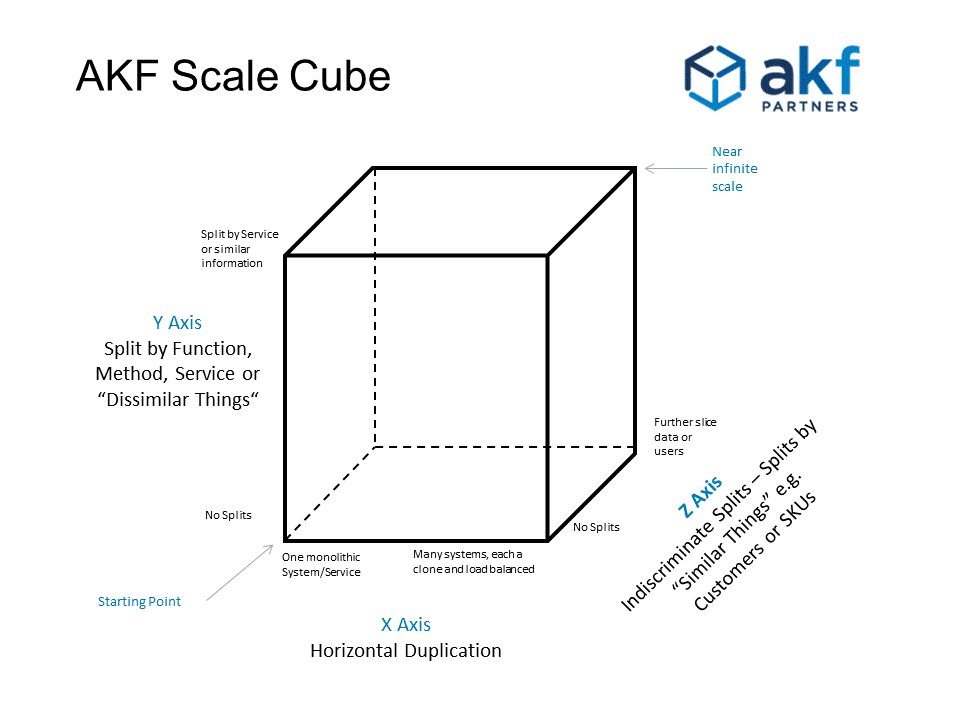
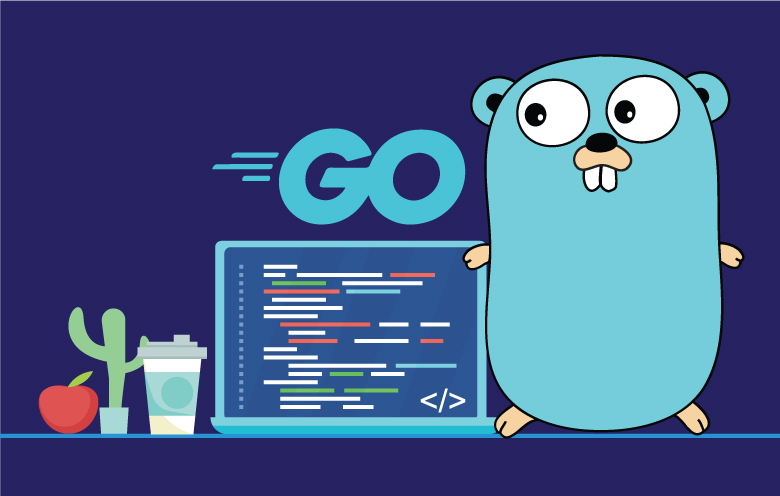
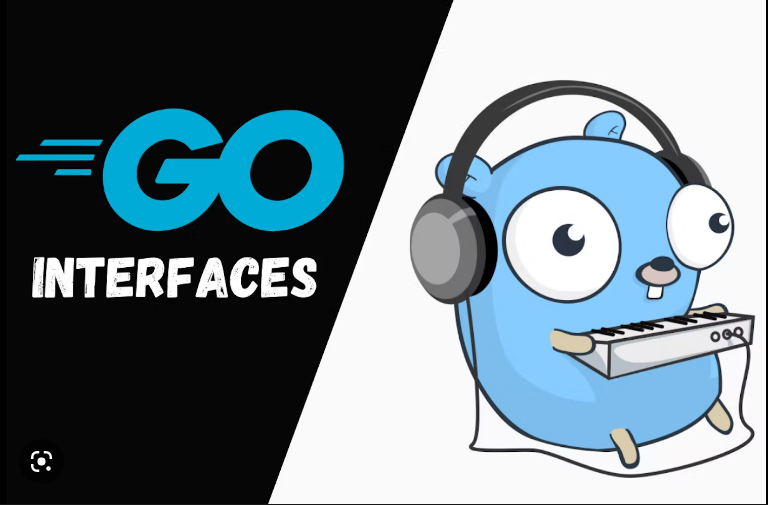
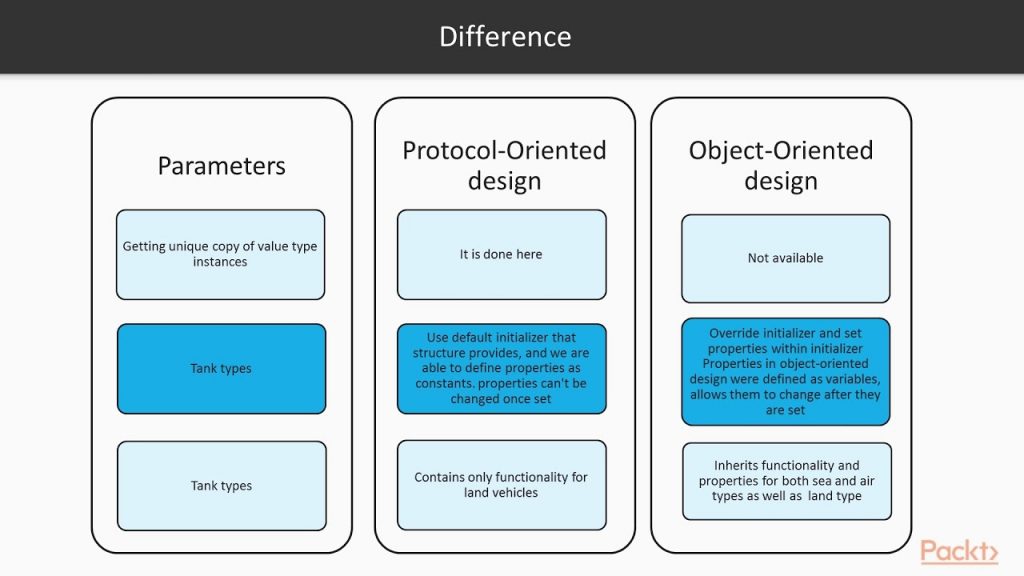
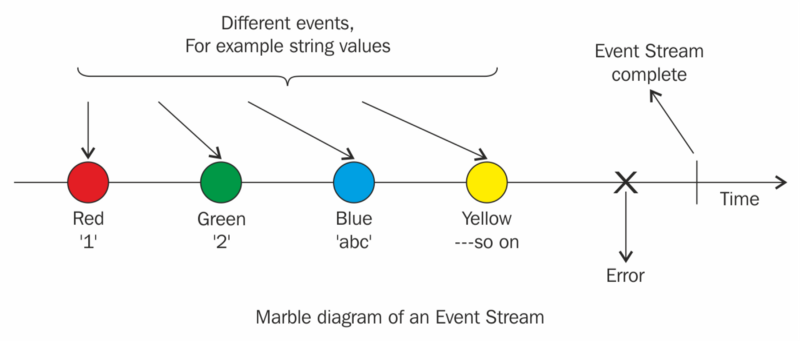
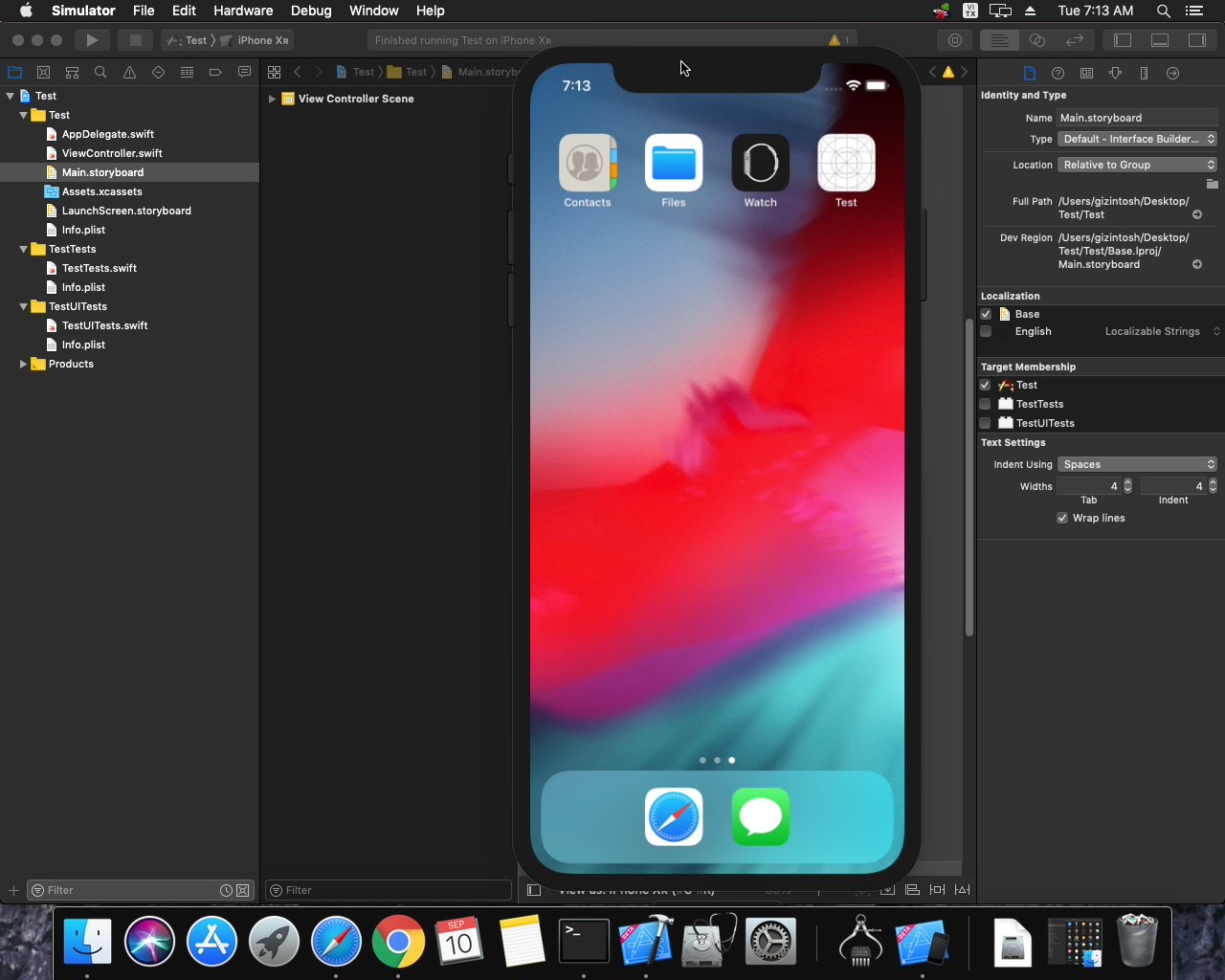
 Khoá học lập trình game con rắn cho trẻ em
Khoá học lập trình game con rắn cho trẻ em 


